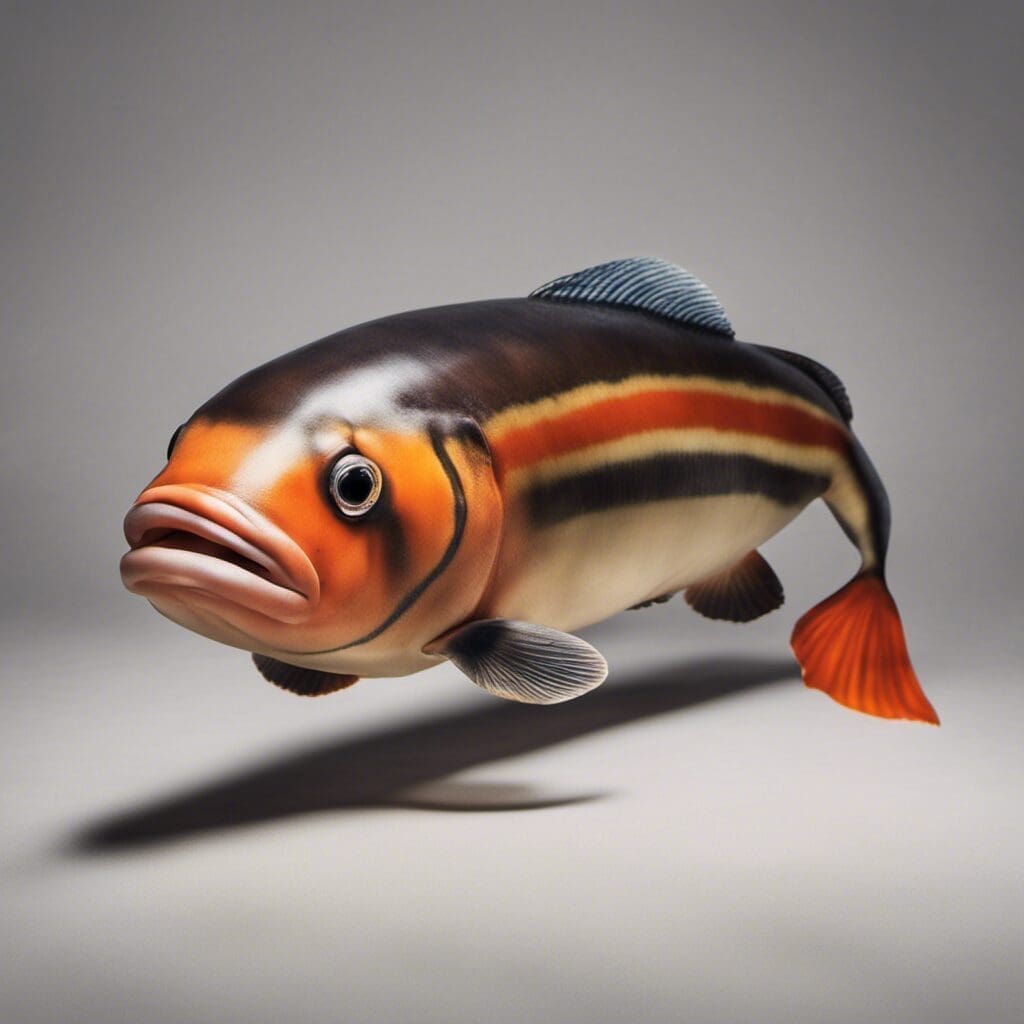Introduction
The Clown Knife Fish is a tropical freshwater species within the Notopteridae family. They are well-loved by aquarium enthusiasts due to their elongated body shape and unique color patterns. However, they are often mistaken for other species, making their identification a critical part of maintaining their conservation status.
Conservation Status
The Clown Knife Fish has been listed as a “least concern” species by the IUCN (International Union for Conservation of Nature) due to its widespread distribution and relatively stable population. However, further studies are required to monitor their population trends as they may be impacted by ongoing habitat loss and environmental changes.
Statistics
| Statistic | Average | Range |
|---|---|---|
| Length | 75 cm | 35 cm – 100 cm |
| Weight | 5 kg | 1 kg – 10 kg |
| Average Lifespan | 15 years |
Distribution
Native to Southeast Asia, the Clown Knife Fish is found in regions across Cambodia, Laos, Thailand, and Vietnam. They have also been introduced into other areas globally, including certain parts of the United States. Migration patterns for this species are not well-studied.
Habitats
These nocturnal fish prefer warm, slow-moving freshwater habitats. They often reside in deep parts of rivers, canals, and large reservoirs. Their optimal temperature range is from 24 C to 30 C.
When and Where to See
Clown Knife Fish are most active during nighttime. They are a year-round species, with no specific seasonal patterns reported.
Best Fishing Locations
- Chao Phraya Basin, Thailand
- Mekong River, Laos
- Tonle Sap, Cambodia
- Red River, Vietnam
- Florida, United States: Broward and Palm Beach County canals
- Texas, United States: Freshwater lakes
When looking for Clown Knife Fish, it is recommended to look in areas with deep water and plenty of hiding spots like underwater caves or complex root systems.
How to Catch
Live bait like minnows, shrimps or even worms work best to attract Clown Knife Fish. They are typically caught using line fishing techniques. Night fishing is the most effective time due to their nocturnal habits.
Identification Guide
The Clown Knife Fish is characterized by its elongated body, humped back, and long anal fins. It has a small head compared to its body and silver-gray color with distinctive round spots along its back and fins.
Culinary
While not typically sought after for their culinary value, Clown Knife Fish reportedly have a mild, white flesh when cooked. They are sometimes used in traditional Southeast Asian dishes.
Additional Information
- Behavior: Clown Knife Fish are predatory, feeding mainly on smaller fish and crustaceans. They have a unique habit of swimming backwards, making them distinctive in the wild.
- Predators and Threats: Large fish and birds of prey, along with humans, serve as the primary threats for the Clown Knife Fish.
- Cultural/Historical Significance: In Thailand, Clown Knife Fish are considered a symbol of good luck and are prominent in local folklore.
References and Further Reading
Fishbase – Clown Knife Fish
Integrated Taxonomic Information System – Clown Knife Fish
Florida Museum of Natural History – Clown Knife Fish

